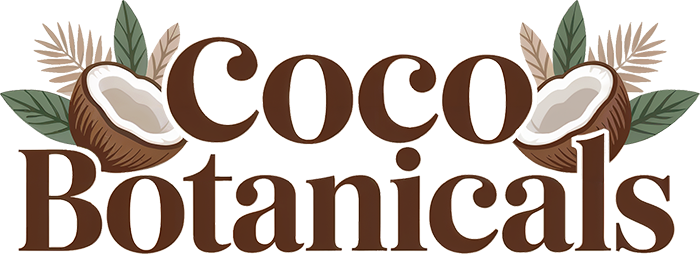Myth #1: Maui is Just for Honeymooners
While Maui has long been a top destination for romantic getaways, it’s also a fantastic choice for families. With a wide range of kid-friendly beaches, interactive cultural experiences, and outdoor adventures, Maui offers something for all age groups. Families can explore the Maui Ocean Center, hike through the lush Iao Valley, or take a scenic drive along the Road to Hana with waterfalls and stops tailored for all levels of mobility.
Myth #2: All Sunscreen is Safe in Hawaii
Hawaii took an important step to protect its delicate marine ecosystems by banning sunscreens that contain oxybenzone and octinoxate, two chemicals known to harm coral reefs. This means that not all sunscreens are allowed in Maui. If you or your children plan to enjoy the beach or go snorkeling, it’s important to choose a reef-safe, mineral-based sunscreen. Consider using Coco Botanicals, which offers natural, reef-safe sun protection made from non-nano zinc oxide. It’s gentle on skin—perfect for young children—and kind to Hawaii’s coral reefs.
Myth #3: You Only Need a Couple of Days to See Maui
While Maui isn’t as large as the Big Island, it’s packed with diverse ecosystems, towns, and attractions that are best explored slowly. From sunrise at Haleakalā National Park to whale-watching trips (in season) in Lahaina, and farm tours in Kula, a trip of less than four days barely scratches the surface. Families especially benefit from a more relaxed pace, allowing time for beach days, poolside breaks, and local excursions that create lasting memories.
Myth #4: The Weather is Always Perfect
Though Maui boasts generally sunny weather, the climate can vary dramatically depending on where you are. For example, the West side near Lahaina is typically dry and sunny, while the East side, especially Hana, is much rainier and lush. Pack with flexibility in mind—include light jackets for cooler evenings in Upcountry Maui and waterproof gear if you plan to explore the rainforest regions.
Myth #5: You Don’t Need a Rental Car
Public transportation and rideshares in Maui are limited, especially outside of the main tourist hubs. If your itinerary includes exploring beaches, national parks, and historical towns like Paia or Makawao, a rental car is essential. Families particularly benefit from the flexibility a car provides—pack up snacks, car seats, and beach gear without relying on strict transport schedules.
Myth #6: Maui is Too Expensive for Families
While Maui can be pricey, it’s completely possible to visit on a family budget. Plenty of beautiful beaches are public and free, and many hiking trails require no admission. Choose accommodations with kitchenettes to save on meals, or shop at local farmers’ markets and Costco (available in Kahului) for better value on essentials. Consider traveling in the shoulder seasons of spring and fall when airfares and lodging may be more affordable.
Myth #7: All Beaches are the Same
Maui is home to over 30 miles of beaches, each with its own personality. Baby Beach in Lahaina is ideal for toddlers thanks to its gentle waves and shallow water. Ka’anapali Beach offers opportunities for snorkeling and paddle boarding, while Big Beach in Makena is stunning but has strong shore breaks—better suited for older teens and strong swimmers. Know the beach conditions and pick spots that match your family’s dynamics and swimming abilities.
Myth #8: You Can’t Learn Much About Hawaiian Culture
Many families assume Hawaiian culture is limited to luaus and leis, but the reality is far richer. Maui offers educational and interactive experiences through organizations like the Hawaiian Islands Land Trust and programs at cultural centers. Kids can learn to hula, explore taro patches, and hear stories from Native Hawaiian elders. Respecting Hawaiian traditions and understanding the host culture can deepen your family’s connection to the land and its people.
Myth #9: Travel Insurance is Unnecessary for Hawaii
Although Hawaii is a U.S. state, travel hiccups like flight delays, illness, or sudden cancellations still occur. Investing in travel insurance can offer peace of mind, especially with kids. It’s especially valuable during hurricane season (June to November), or if you’re booking non-refundable excursions like whale watching tours or luaus.
Myth #10: It’s Okay to Touch Coral and Marine Animals
One of the biggest misconceptions is that marine life is meant for hands-on interaction, but in Hawaii, respectful and responsible tourism is a must. Touching coral or sea turtles not only harms the fragile ecosystem but is also illegal. Teach children to enjoy from a distance when snorkeling and observe marine life respectfully. Always follow posted guidelines at beaches and marine reserves.
With a bit of planning and the right information, Maui can offer an unforgettable vacation for your entire family. Debunking these common myths will help you make more meaningful, respectful, and enriching travel decisions—while keeping both your loved ones and Hawaii’s natural beauty safe for generations to come.
